To run a successful children gardening program, you will need a good set of tools. Using gardening tools is a terrific way to get kids involved in garden activities, teach them responsibility, and increase their physical activities during the school day. Nowadays, there are various kids gardening tools for schools that are adapted to the height and body size of children. These kids gardening tools are often lighter than those used by adults. Some have adjustable handles, making them appropriate for students of all ages.
Today, Due to the benefits of school gardens, there are currently a plethora of gardening programs and school gardens available. To successfully hold these events, schools must prepare the necessary kids gardening tools for students. This post will give you an overview of both essential and optional school gardening equipment.
gardening equipment for schools list
| Gardening tools for all ages | Gardening tools for middle and high schools |
|---|---|
| Trowel, watering pot, hand fork, pot, seedling tray, glove, hose, dibber, bucket, plant label, spray bottle | Shovel, wheelbarrow, rake, gardening scissor, garden twine |
Essential Gardening tools for schools
Trowel
One of the most crucial tools in every garden is the trowel. A trowel is a hand-held shovel used to dig small holes and pull weeds. They come in a variety of sizes, so choose one that fits comfortably in the hands of students and is not too heavy for them to use. This equipment must be durable enough to withstand digging. Most Trowels are made of steel; however, it is preferable to use a plastic trowel for young students to avoid any garden incidents.
Watering can
Keeping plants watered during the spring and summer is a necessary task that children are eager to do. They can water the plants with their watering can instead of dragging the hose across the yard and rolling it back up each time. Do not use large watering cans as they are heavy for youngsters to carry, resulting in wasted water and a disappointed child. Students may use half gallon or one-gallon plastic watering cans with removable roses.
Note: To water the base of a plant and under the leaves, take off the sprinkler. Do not overfill the watering can as it might be too heavy to carry.
Pots
Flower pots and other similar containers are essential kids gardening tools for schools, particularly those that desire to engage students in indoor gardening activities. Plastic pots, terracotta pots, and jiffy pots are three different pots that can be used for classroom gardening activities. To read more about the pros and cons of these pots, read the article << Kids’ Gardening Kits >>.
Hand fork
Hand forks are divided into two categories: angled and flat. The angled version is ideal for loosening the dirt between plants in tiny flowerbeds and window boxes. This can be used for sowing seeds, planting seedlings and pulling out smaller annual weeds that grow between established plants much more straightforward. Flat Fork is applicable in situations where students have lessened the ground. It is the best tool for lifting bigger weeds with their roots.
hand forks and trowels
Wheelbarrow
A wheelbarrow is one of the fascinating kids gardening tools for moving tools, compost, and plants throughout the yard. Wheelbarrows come in a variety of sizes. Make sure it is the right size for the students and do not overload it. They can be heavy, so teachers’ supervision is required.
Gardening glove
Students usually get muddy and messy in the garden. It is crucial that students wear well-fitting gloves so that they do not hurt themselves while picking up sharp objects. By wearing gloves, thorns, wood splinters, and stinging nettles can all be avoided. It also keeps students’ hands clean when working in the garden.
Purchasing suitable gloves for children is the best approach to prevent harm and risk. Besides schools, It is also a good idea to have gardening gloves at home specially for gardening with toddlers. Some gloves are too big, causing them to slip and slide, while others are too small, causing blisters. It is preferable to get a variety of sizes for students of various ages. It is also a good idea to buy thicker gloves to protect kids’ hands from thorns.
Seedling and microgreen tray
Two of the most remarkable gardening activities in schools are transplanting plants and growing microgreens with kids. Seedling trays (also known as microgreen trays) are required for these activities. Seedling trays are the last item on the list of essential gardening tools for schools. They have cells (holes) all over their body and are composed of foldable plastic material.
To use them, first, students should Fill the cells with planting medium, such as child-friendly soil. Then, specific quantity of seeds may be sown in each cell, depending on the type of activity. As the seeds germinate, the trays should be watered regularly. Plant seedlings can be safely kept in these trays for 3-4 weeks in semi-shade until they are ready to be transplanted on the field or in larger containers. However, the situation is different for growing microgreens. Micro plants are ready to harvest one or two weeks after germination and do not require transplanting.
Optional Gardening equipment for schools
Spade or shovels
A spade is used to dig holes or turn over the soil to incorporate compost or manure. One of the most helpful kids gardening tools for schools is shovel.
Shovels and spading forks with child or adult scales are not required in most school gardens. Still, they are handy for large-scale maintenance tasks or importing significant quantities of planting medium. Only older students should be allowed to use the few adult-scaled shovels available in schools. Since the spade blade’s edge is sharp, students must always wear sturdy shoes or boots. Teacher supervision is necessary, and it should be used with caution.
Hose
Water is essential for a garden’s survival; that is why a hose is needed. It is better to have a garden hose that can reach and spray every area. The presence of a hose in the school garden can contribute to the enjoyment of the garden since children like watering the plants and also their classmates. Hoses with adjustable nozzles are preferable since pupils can customize the water pressure and spray radius.
Dibber
Dibber is used to create deep holes to plant seedlings or make drills or furrows (long, shallow grooves) for sowing rows of seeds. A dibber (dibble) is helpful but not essential gardening equipment for schools. If you cannot prepare this kid gardening tool for your school, students can use a thick stick instead.
garden twine
Garden twine is a thicker, softer string than regular twine. It is used to join sticks together, secure plants to supports, and create a straight line for sowing. It is not a necessary gardening tools for schools but it is preferable to have some garden twine in the schools.
plant labels
Plant labels are excellent for indicating where you have planted seeds or bulbs on the border. It is also useful for planting seeds in pots or trays since it shows the date of planting and the name of the seeds. Students can write notes on larger plant labels regarding how often plants need to be fed or when they should be harvested. There are many amusing labels available for purchase. Children can also simply make their plant labels using old lolly (popsicle) sticks or strips of plastic cut from clean yogurt containers.
Rake
One of the optional kids gardening tools for schools is a rake. The rake, like spade, should only be used by older kids with teacher supervision. A standard dirt rake and a spider (leaf) or spring tine rake are the two sorts of rakes available for gardening. Soil rakes have strong prongs positioned at an appropriate angle for handling. They are used to level out and lessen the soil. The prongs of spring tine rakes are significantly thinner and fan out from the handle’s end. These are used to collect leaves and small twigs from lawns. It is highly unsafe to leave rakes or other long-handled tools lying on the ground. Teacher supervision is necessary for using rake, and it should be used with caution.
Bucket
Another optional kid gardening tool for schools is a bucket. Buckets are useful for wetting the roots of plants before planting, collecting clippings, transferring soil and compost, and even hauling hand tools. Several sizes are available for buckets; however, 1.5 to 2 gallons are suitable for students.
gardening scissor
Gardening scissors are used to cut the string, remove dead flower heads, and open seed packets. Of course, these scissors are incapable of cutting thick twigs or branches, necessitating the use of secateurs (pruners), which are not safe for students. Secateurs are extremely dangerous and should not be used with students. Gardening scissors should only be used under the guidance of a teacher, and it is best not to let young kids use them at all.
Gardening scissor
Secateurs
spray bottle
the spray bottle is an optional kid gardening tool for schools. Their primary function is for watering sprouts, baby greens, and microgreens. Using a spray bottle reduces the damage caused by water to these tiny creatures and prevents the flattening of baby microgreens. Students can also use spray bottles to mist the leaves of the indoor house plants and keep them moist and clean.
warning: Adult or teacher supervision is always essential when children utilize sharp or potentially harmful objects, such as garden forks. Any lifting or shifting of anything heavy may necessitate the teacher’s assistance. Students should not use saws, hammers, drills, and other electrical gardening tools. Teachers and parents are responsible for ensuring garden safety for kids.
Using gardening tools rules & regulations
It is necessary to define your Rules for gardening equipment before handing off some gardening items such as shovels and rakes. Begin by laying out your tools on the ground, sharp end down. Encourage children to take note of how the tools are organized, so they know how to put them away when they are done. After that, give a brief example of right and improper use—including how to transport tools from one location to another—and then provide a short, easy-to-remember set of regulations with precise, logical penalties for breaching them.
Ensure that children have different duties, such as watering, spreading compost, or collecting herbs. Students will be more involved in the rule if they understand the reasons behind it, as with any rule.
Conclusion
In summary, there are many kids gardening tools for schools, but not all of them are necessary. This article looked at seven essential and nine optional pieces of gardening equipment that can be used in schools. Some of these tools may be prepared by school administrators based on their budget, student age range, school facilities, and gardening curriculum.

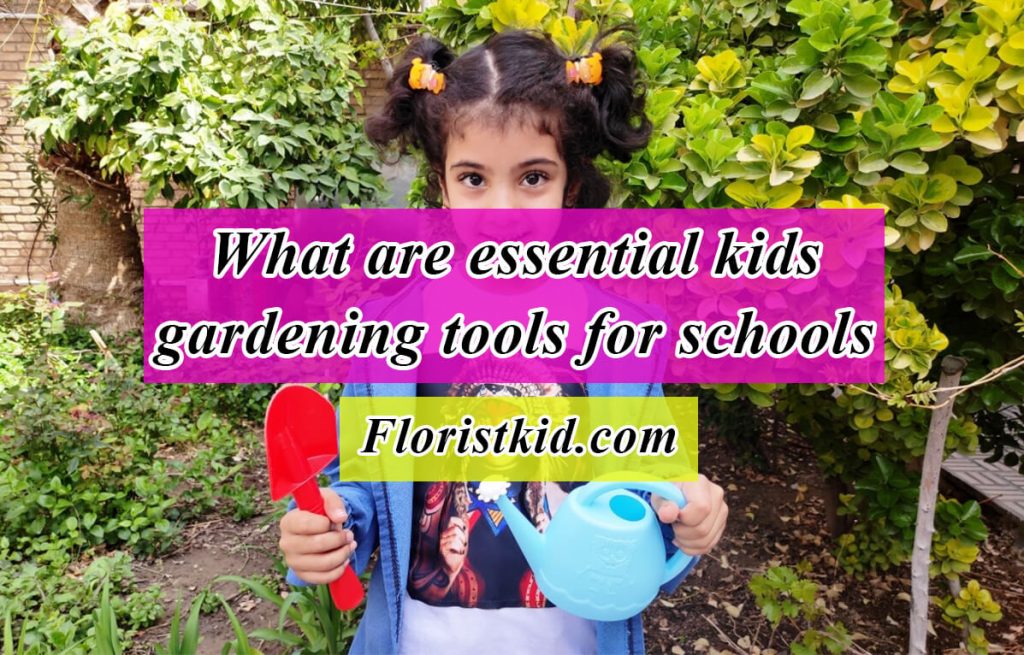

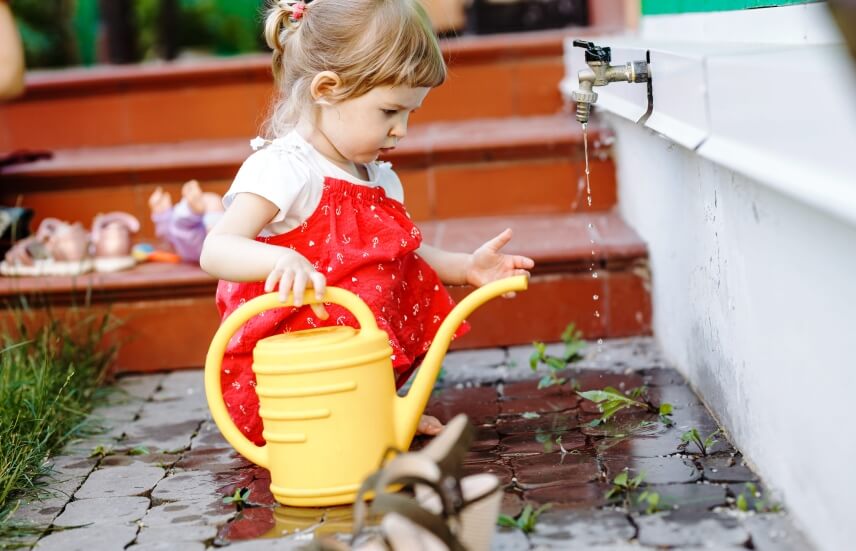
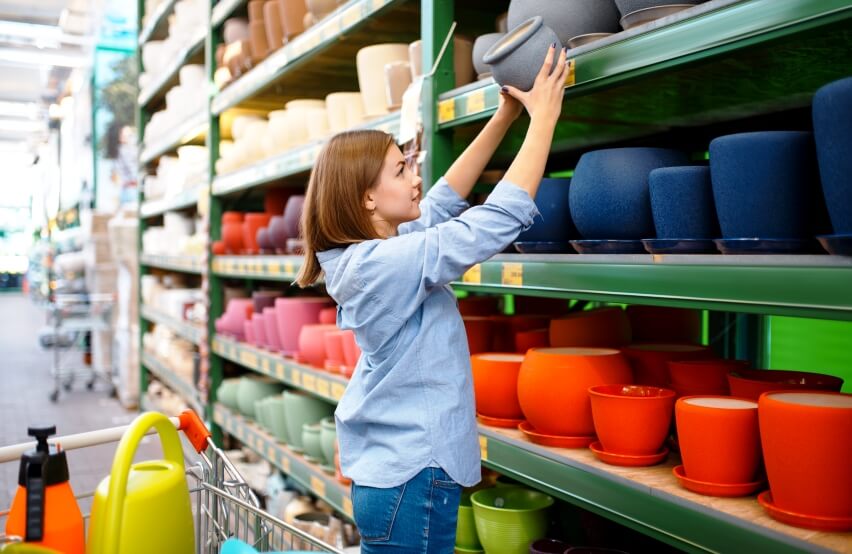
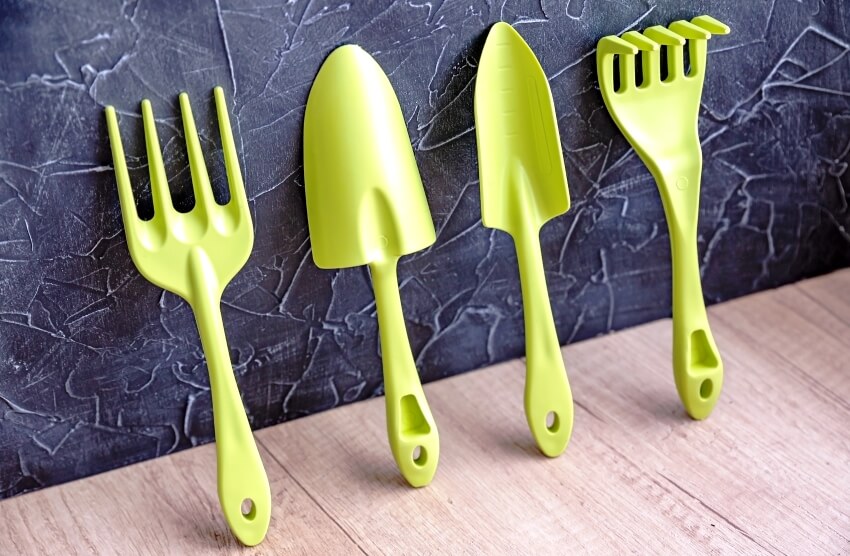
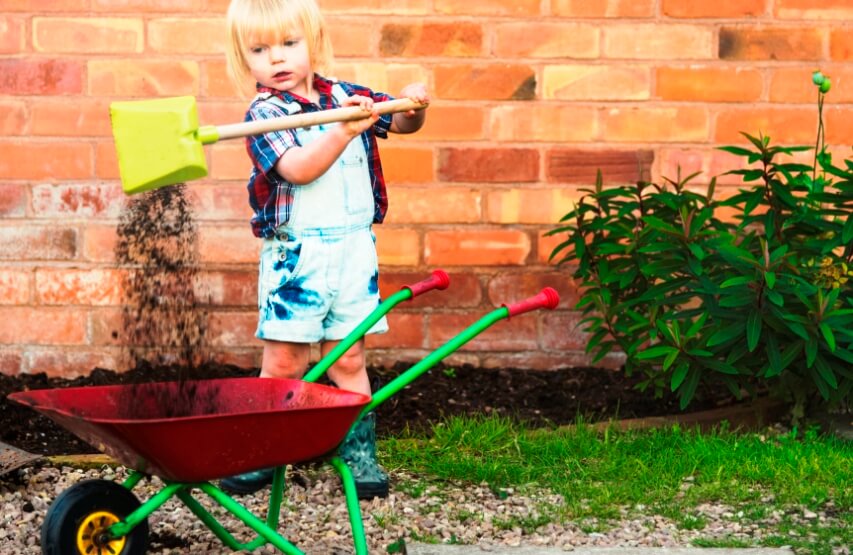
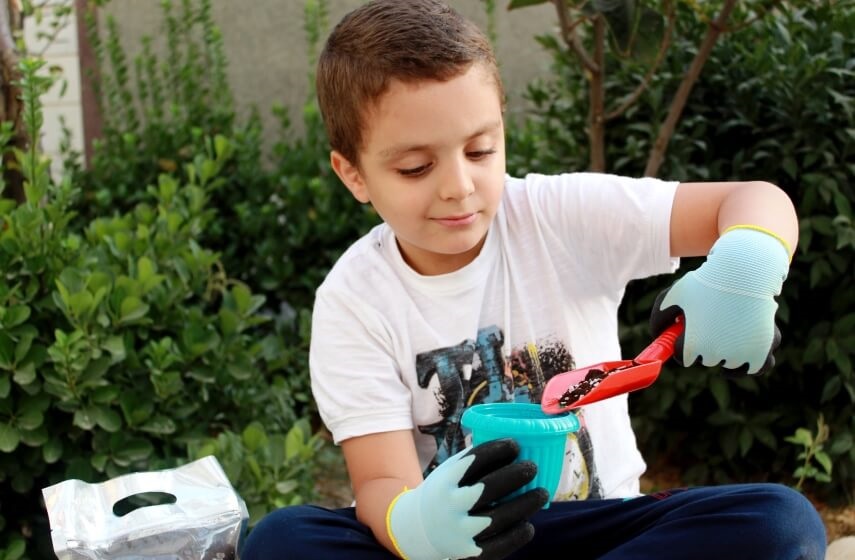
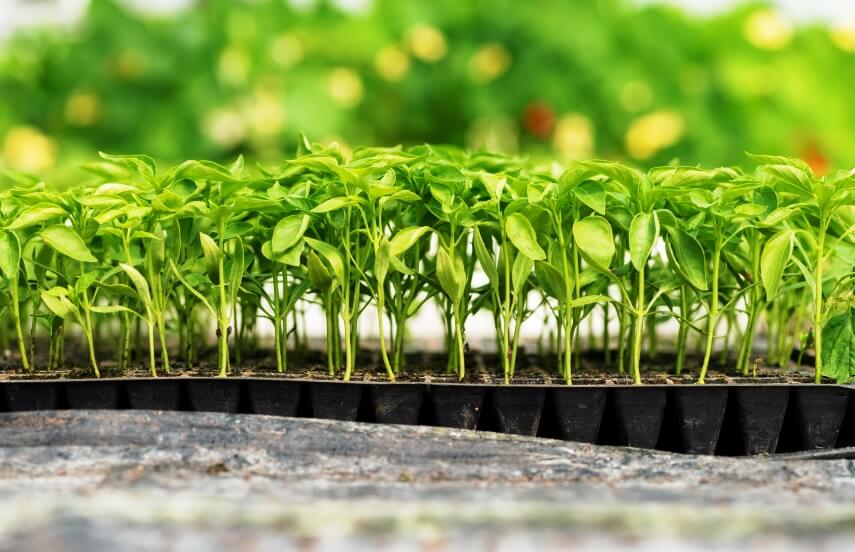
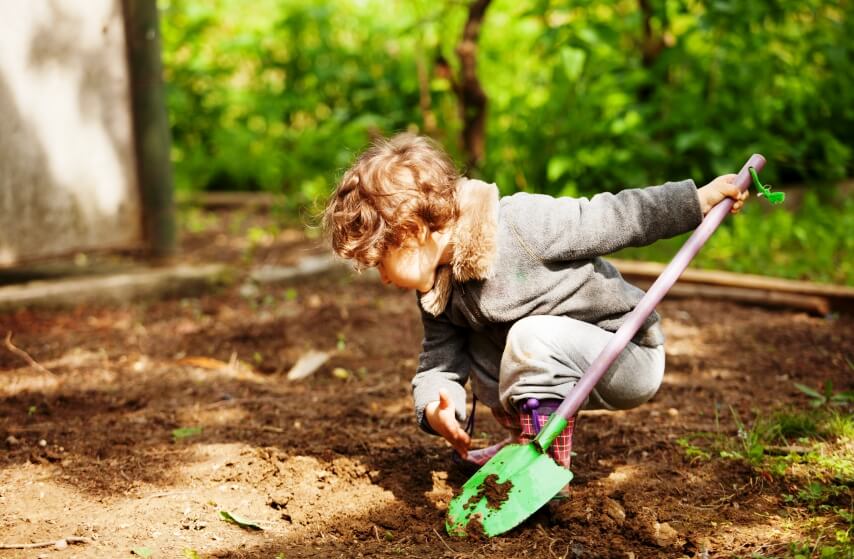
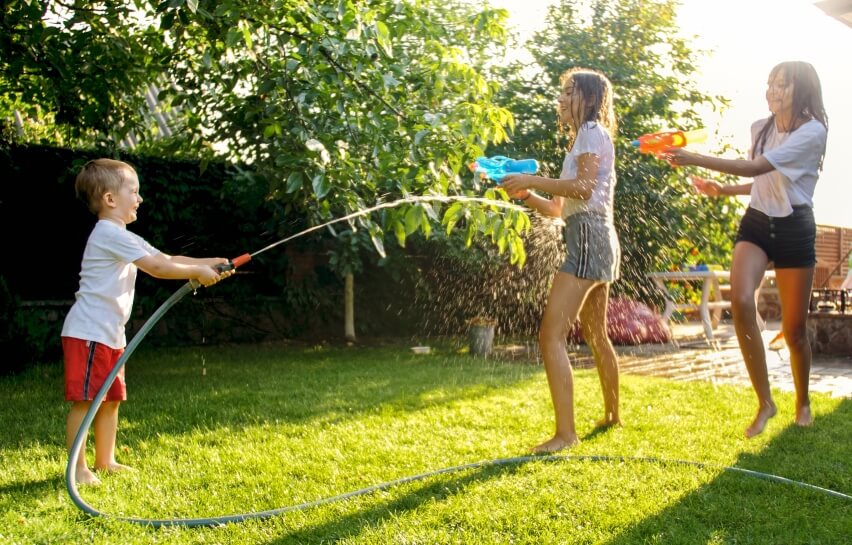
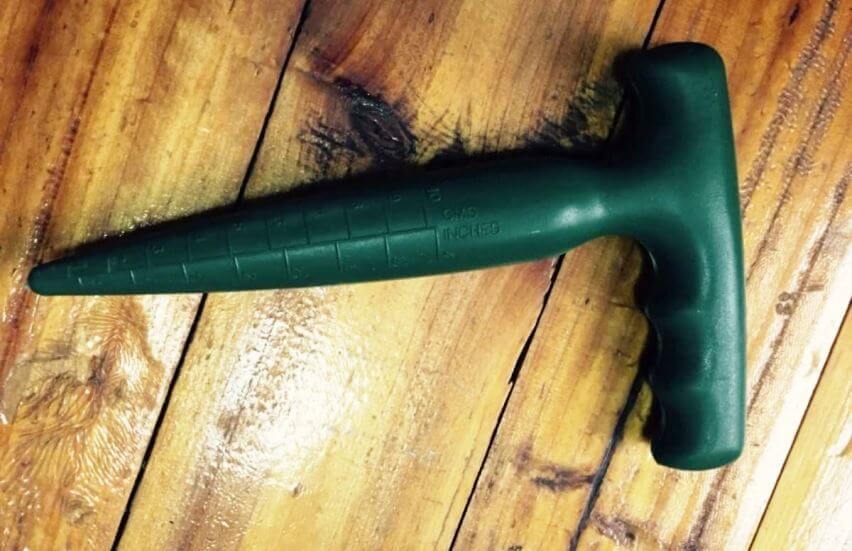
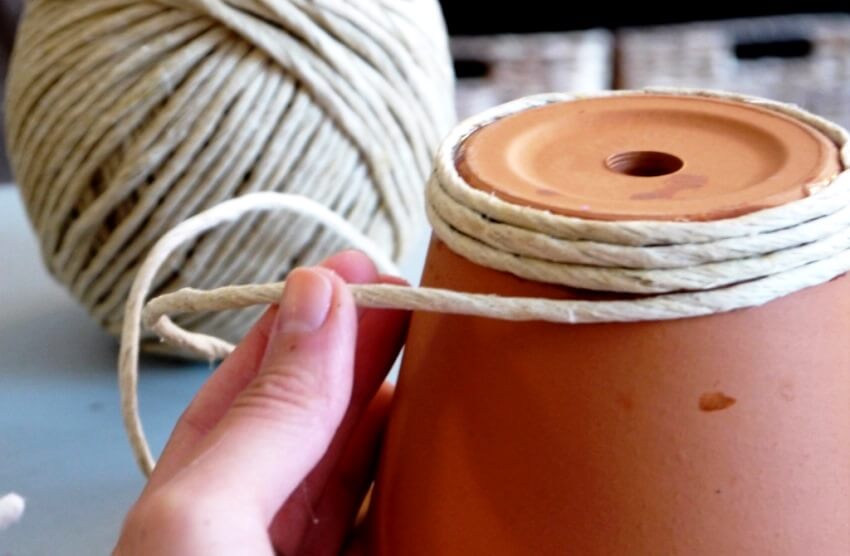
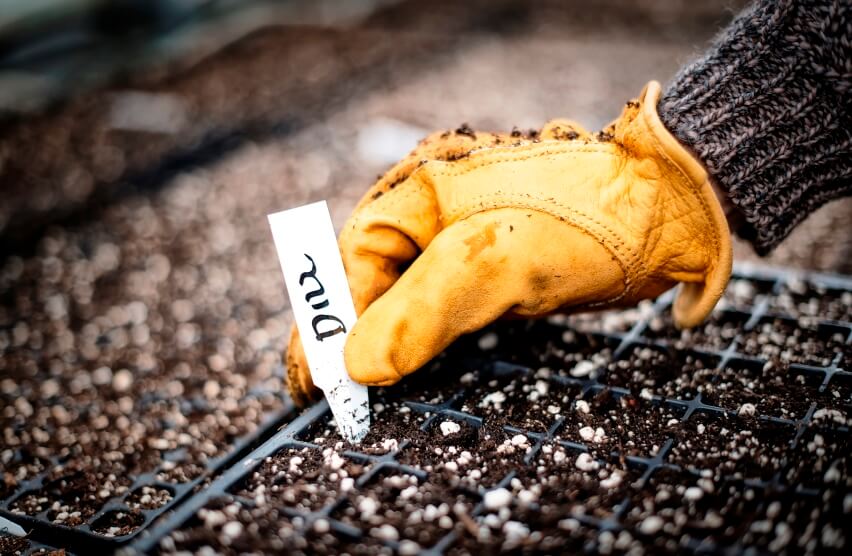
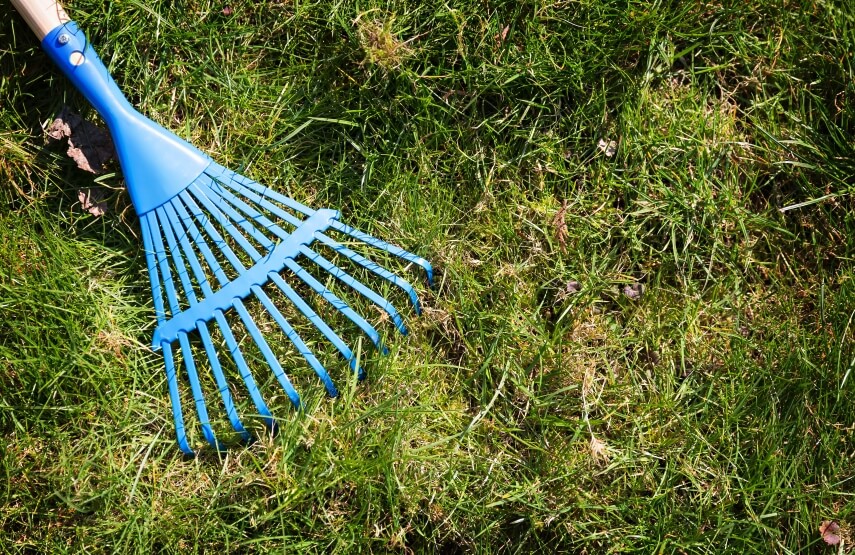
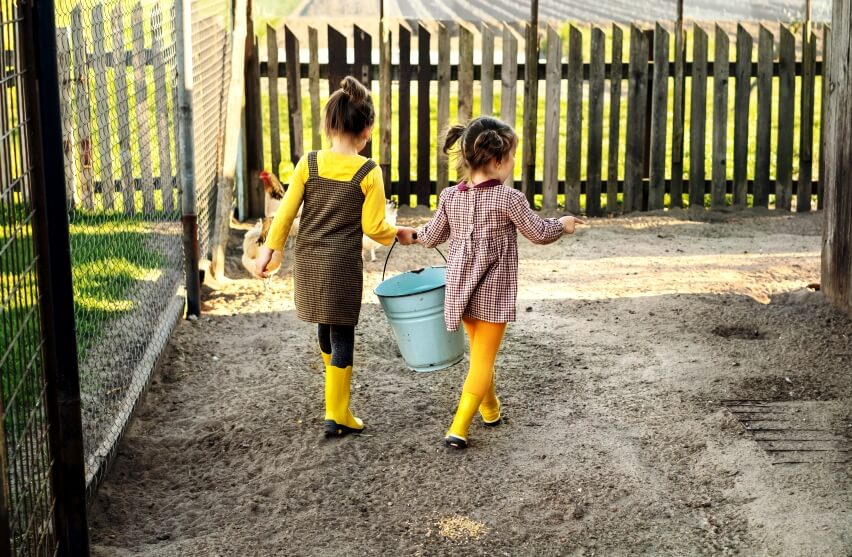

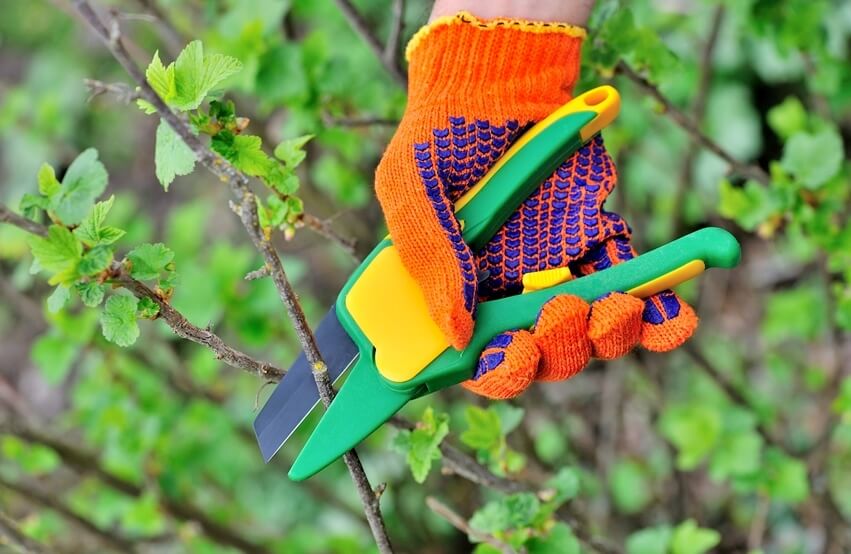
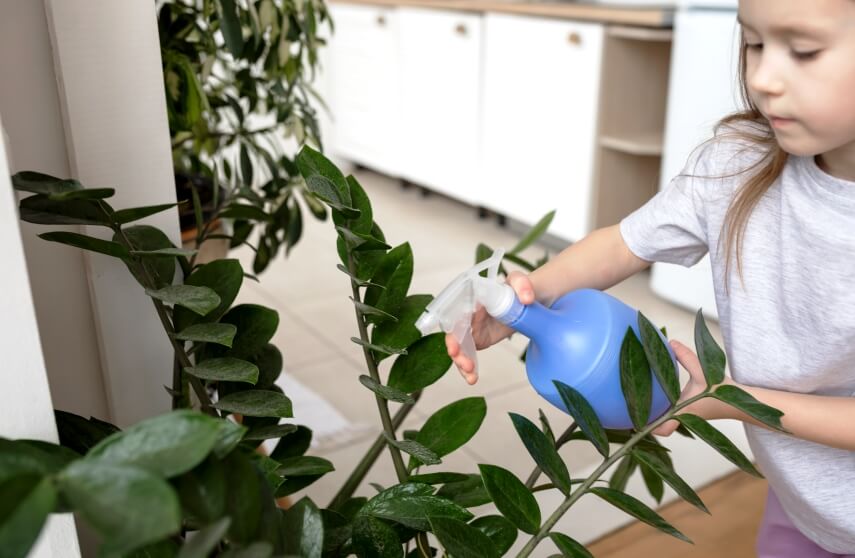

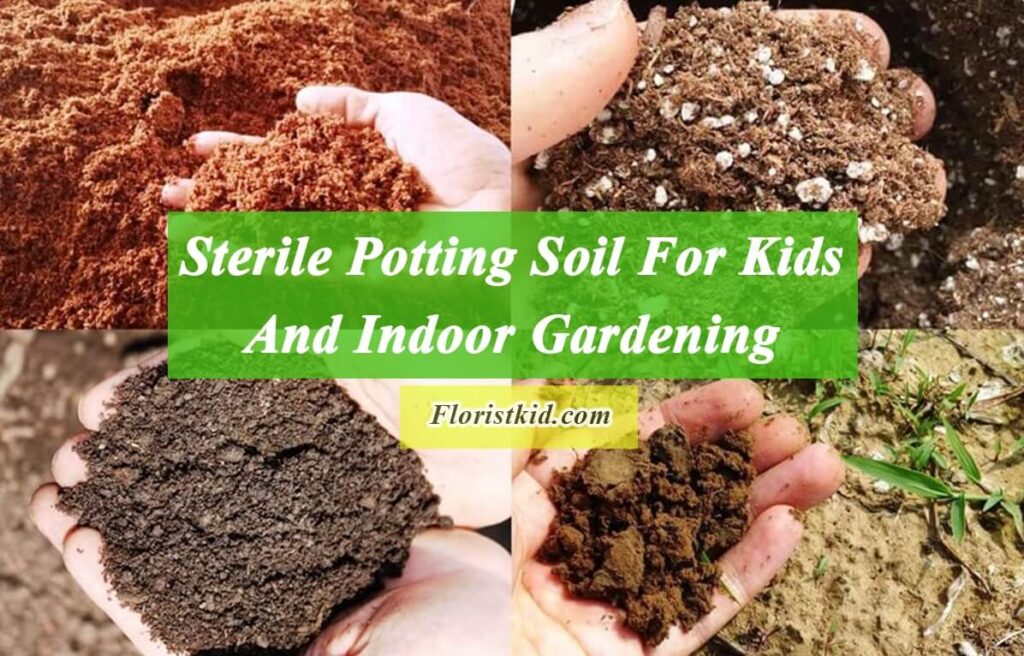
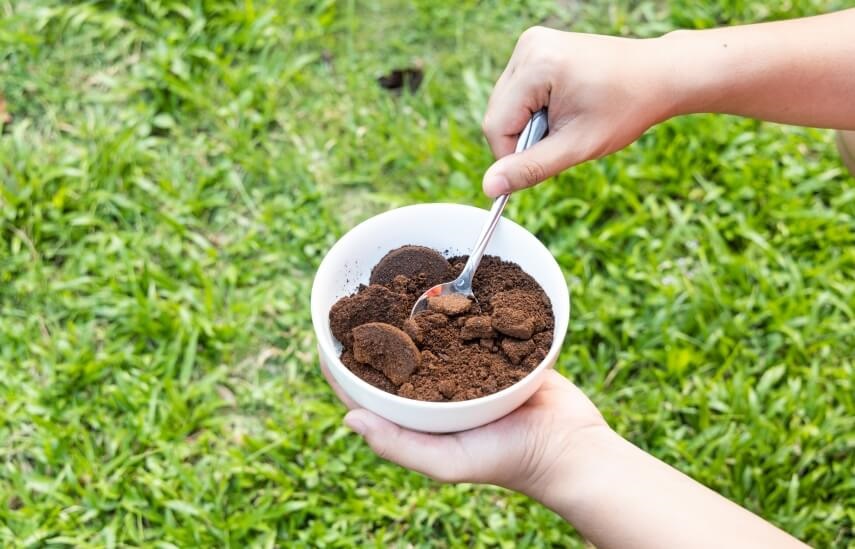
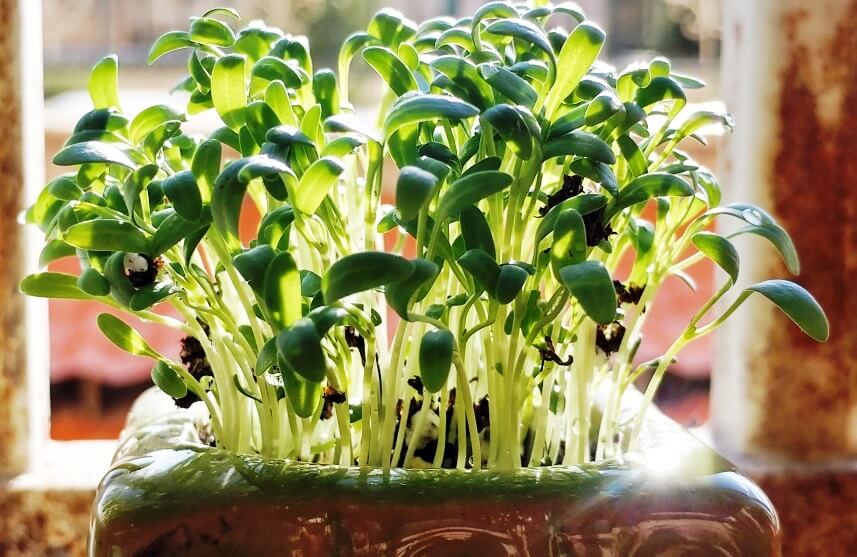
There is no alternative to engaging school kids in gardening. Plastic garden tools can only make sure no harm during gardening task.